Physical Address
304 North Cardinal St.
Dorchester Center, MA 02124
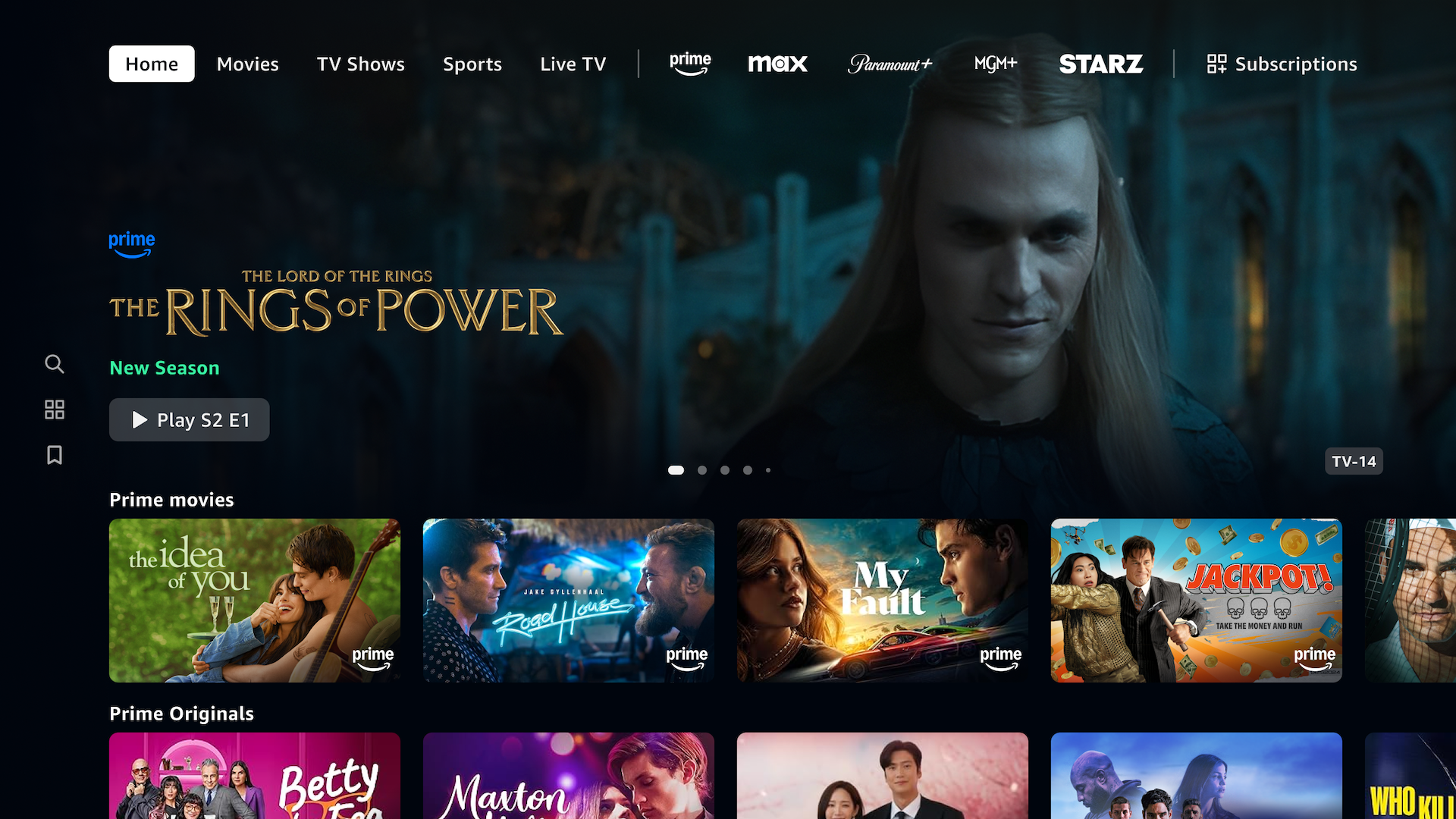
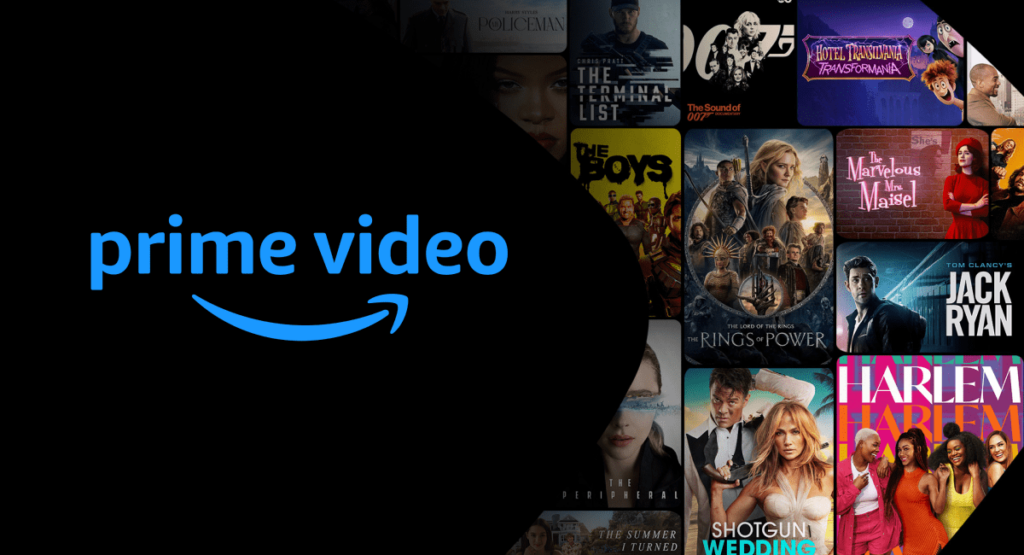
Amazon Prime Video: Amazon’s decision to bundle Prime Video within the broader Prime membership may appear strategically sound, but it raises a critical question: Is Amazon truly investing in its streaming segment wisely, or has it become a growing liability hidden behind the broader suite of Prime benefits? To put it bluntly, how can Amazon accurately assess the effectiveness and appeal of Prime Video when it’s bundled alongside shipping perks, photo storage, and other unrelated services?
Unlike Netflix, which lives and dies by the quality of its content, Amazon has the luxury—and perhaps the burden—of insulating its streaming segment within the larger Prime package. But this insulation makes it difficult for Amazon to know if Prime Video is a genuine strength or merely propped up by unrelated features.
Netflix’s business model relies entirely on content to keep subscribers loyal, so they’re forced to confront hard truths about their programming. When they experienced subscriber losses, they responded by investing in stronger, more engaging content and reassessing their programming strategy. Amazon, on the other hand, hasn’t faced the same direct pressure.
Prime Video is buoyed by non-content perks, such as free two-day shipping and unlimited photo storage, which keeps subscribers locked into Prime even if they rarely use or value the streaming service. This structure obscures the standalone appeal of Prime Video, creating a potential blind spot for Amazon’s video executives, who may see subscriber numbers that don’t necessarily reflect true content engagement or satisfaction.
Amazon risks overinvesting in a segment that may not hold significant standalone appeal without a clear way to measure Prime Video’s unique value. If Prime Video were separated from the larger Prime package, what would subscribers actually be willing to pay for it? Personally, I doubt I’d spend more than five dollars a month on Amazon’s content alone, and I suspect many Prime members might feel the same way. However, this is a question Amazon can’t currently answer because the Prime bundle keeps customers paying for the total package, regardless of how they feel about its individual components.
An honest assessment of the streaming segment would allow Amazon to determine whether its investments in Prime Video are truly worthwhile or if they’re diverting resources from stronger opportunities. This honest look would also benefit consumers, providing a clearer picture of what Amazon is offering and enabling them to “vote with their wallets” based solely on content quality. It’s time for Amazon to evaluate if Prime Video is a genuine strength or if it’s quietly becoming a liability—one that could undermine Amazon’s efforts to deliver high-quality, targeted services that stand on their own merits.
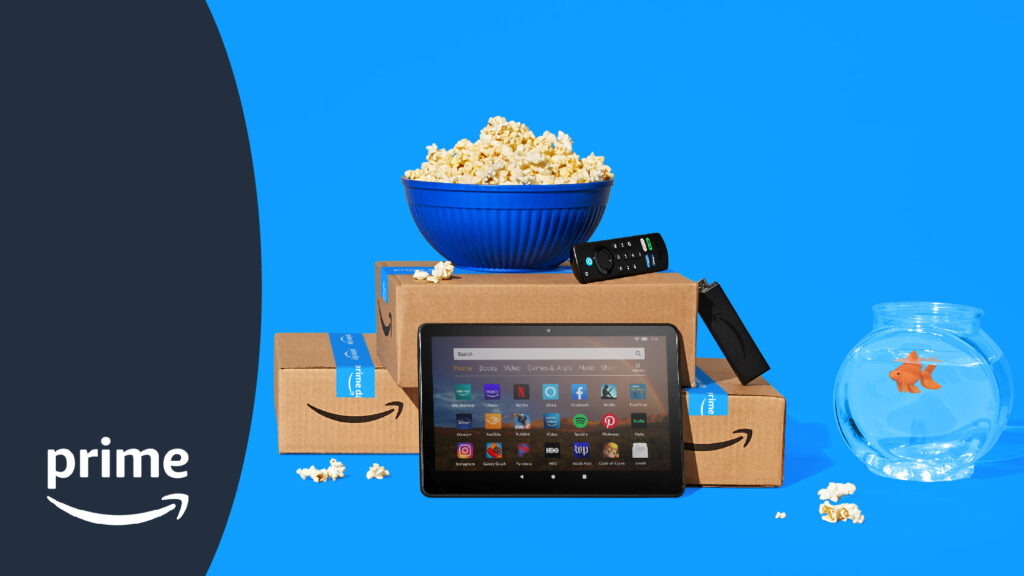
Amazon Prime is a service that millions of us subscribe to almost automatically each year, lured by the idea of convenient two-day shipping, streaming content, and a few other perks that have been added along the way. At first glance, Prime appears to be a solid value; the convenience of shipping alone has been the cornerstone that built Amazon’s customer loyalty. But recently, as I delve deeper into how Amazon lumps together these various services under one price, I find myself questioning how much value I’m truly getting from my annual Prime membership.
When I dissect the so-called “value proposition,” the mental gymnastics involved are exhausting. The range of benefits is broad, but the quality seems to be compromised. In my view, many of Amazon’s individual services, especially Prime Video, would struggle to stand out if they were on their own. It’s only by bundling them together that Amazon manages to keep customers locked into the package deal. Were it not for this bundling strategy, I doubt Prime Video, Amazon Music, or even their gaming perks could stand on their own against specialized competitors.
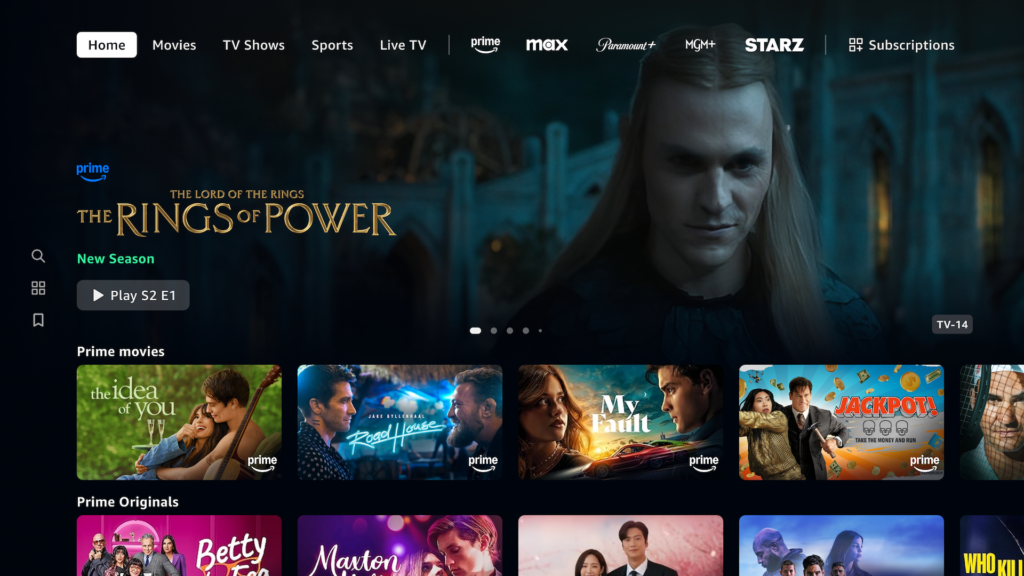
The Prime membership fee today stands at $139 annually, which has been gradually increasing since Amazon first launched Prime in 2005. Initially, the fee was a reasonable $79, then it jumped to $99, later to $119, and now it’s up to $139. In other words, we’re paying $60 more each year than we were a decade ago. This extra cost isn’t just covering shipping; it’s also funding Amazon’s heavy investments in areas like original content for Prime Video, music, and even gaming. Yet, despite this increase, I still feel as though I’m paying for an array of mediocre services, especially given that so much of Amazon’s spending isn’t actually generating profit.
Let’s start with shipping, the original draw of Prime. The cost of maintaining Amazon’s massive logistics and shipping infrastructure has undoubtedly grown, but it also pays for itself, albeit with slim profit margins. Shipping has always been a cornerstone of the Prime offering, but competitors like Walmart and Target have now caught up, providing similar free shipping benefits without a membership fee. This begs the question: is the $139 annual fee still worth it when shipping alone no longer feels exclusive? It feels as though my membership dollars are subsidizing Amazon’s efforts to compete in sectors outside retail, which seems especially true when I look at Prime Video.
Amazon has poured billions of dollars into Prime Video in an attempt to create a content library that can rival Netflix and Disney+. In 2024 alone, Amazon’s content spending is projected to hit around $9 billion. But despite this eye-popping investment, Prime Video is not a profitable venture on its own. Prime Video was originally designed as a customer loyalty tool to keep people within the Prime ecosystem, and for years it didn’t generate direct profits.
Recently, Amazon has tried to change that by introducing an ad-supported tier to drive advertising revenue, with projections to generate $3.5 to $4 billion by 2025. During an upfront event, Amazon even managed to secure $1.8 billion in advertising commitments, a promising start. But these efforts are still in the early stages, and they highlight that Amazon’s video segment is essentially subsidized by our membership fees.
So here’s the real math: out of the $139 membership fee, a significant portion is being funneled into Prime Video and other peripheral services like Amazon Music, which also requires an additional fee for full access. Yet, these segments are not independently profitable and wouldn’t likely survive if not supported by the bundled Prime membership. Effectively, as a consumer, I’m paying about $60 more per year now than when Prime started, mostly to support Amazon’s attempts to create a competitive streaming service. This means I’m indirectly subsidizing an array of services I may not even use, like Prime Video’s lackluster original content, or Amazon Music’s limited library that pushes me toward the paid Unlimited tier.
It’s clear that Amazon’s strategy is entirely different from Netflix’s. Netflix is wholly reliant on content quality and curation to retain its subscribers. When Netflix experienced a dip in membership a few years back, they pivoted hard, focusing on developing engaging shows and movies because their livelihood depended on it. Amazon, on the other hand, has not had to experience such pressure.
If Prime Video were separated from the Prime package, how many people would genuinely subscribe just for Amazon’s original content? I, for one, doubt I’d pay more than $5 a month for it. But because Prime is bundled together, I’m forced to “vote with my wallet” on the entire suite of services rather than the individual ones I actually use. What’s more, if I wanted to cancel Prime, I’d have to figure out what to do with the decade’s worth of photos and memories I’ve saved on Amazon Photos.
In the end, I’m left questioning whether Amazon’s value proposition is actually a good deal for consumers or a cleverly disguised way to hold us hostage to a suite of subpar services. The incremental price hikes of Prime over the years haven’t necessarily translated into better value for me as a consumer. Instead, I’m paying more each year to subsidize Amazon’s ventures into areas that would struggle to compete on their own. And that’s what frustrates me most about Amazon Prime today: the longer I stay subscribed, the harder it is to see what I’m truly paying for.
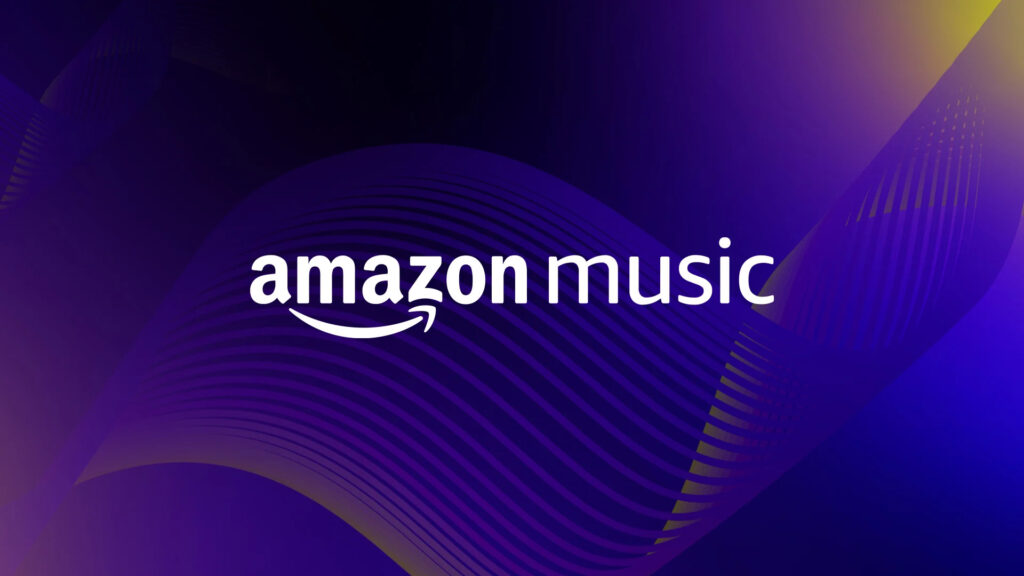
Amazon Music is another Prime perk that’s proving harder and harder for me to justify. With a Prime membership, I do get access to Amazon Music Prime, which includes over 100 million songs and access to top podcasts, yet the experience is significantly limited. Playback is restricted to shuffle mode, and if I want full access with on-demand listening, I have to upgrade to Amazon Music Unlimited for an additional cost.
This “add-on” feels more like a cash grab, especially considering how seamlessly competitors like Spotify and Apple Music integrate music libraries with a single subscription tier. Even though Amazon Music boasts an impressive user base of approximately 82.2 million users, a substantial portion of whom are paid subscribers, I still feel as though I’m missing out on the full experience unless I’m willing to pay extra.
It’s frustrating to think that, despite my Prime membership, I’m not getting the complete music experience, and paying extra feels like an unreasonable ask when Spotify and Apple Music offer premium experiences at comparable prices.
Licensing costs for streaming platforms are substantial, and Amazon Music’s tiered system reflects these costs, but even with the Music Prime offering, the limitations are noticeable. In the free Amazon Music tier, users only get access to select playlists and stations with ads, while the Prime membership tier adds access to a larger catalog but with restricted controls.
For full on-demand access, HD audio, and offline listening, I’d still need to pay for Music Unlimited at $9.99 per month for Prime members or $10.99 for non-Prime members. Ultimately, I’m left questioning why I should pay for a standalone music service that barely holds its own against dedicated platforms, especially when I’m already paying for Prime. This tiered structure just feels like another way to extract more money rather than providing a fully-rounded experience for subscribers.
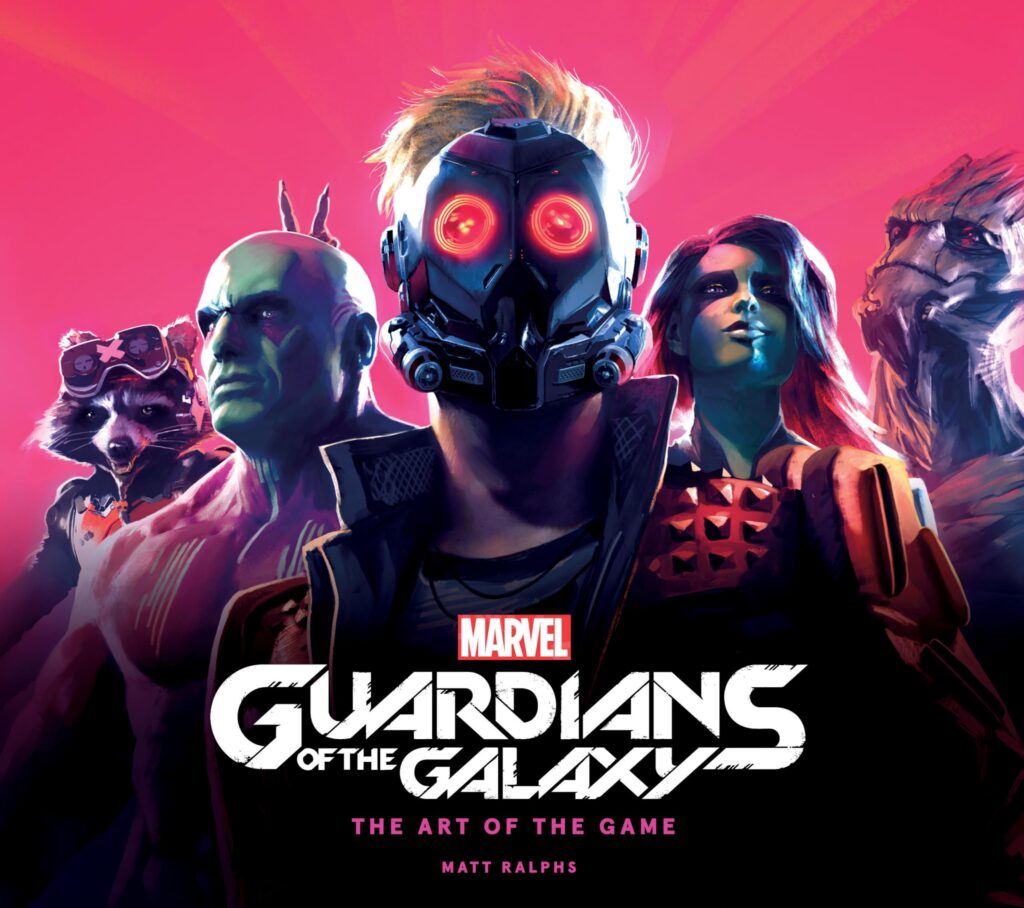
Amazon’s gaming segment, bundled into Prime through Prime Gaming, Amazon Game Studios, and Amazon Luna, might seem impressive on paper, but for me, it’s a benefit I hardly use, making it feel more like filler than value. Prime Gaming offers free games each month along with exclusive in-game content and Twitch benefits, which some subscribers might find appealing. However, since I don’t play any of Amazon’s games or use Twitch, it’s just another feature in Prime that I’m technically paying for without benefiting from.
Despite Amazon’s clear investment in gaming, the company keeps the financial specifics under wraps, leaving us guessing at just how much they’re putting into this sector. Their investment is evident in Amazon Game Studios, founded in 2012, which has released several notable games, like New World — an ambitious MMORPG set in the supernatural world of Aeternum that promises immersive combat and exploration.
They followed this up by publishing Lost Ark in collaboration with Smilegate RPG, introducing a Korean MMORPG to Western audiences. Amazon is even set to publish Throne and Liberty, a promising MMORPG developed by NCSoft, expected to offer expansive world-building and dynamic combat. Yet, while Amazon’s gaming ambitions are clear, whether it justifies the cost to Prime members is questionable, especially if, like me, they don’t actively engage with these titles.
Prime Gaming’s monthly offerings, as of November 2024, include an impressive lineup: Marvel’s Guardians of the Galaxy, Mafia: Definitive Edition, Dishonored – Definitive Edition, Tomb Raider: Anniversary, and more, giving subscribers free PC games they can download and keep permanently. These selections vary each month, meaning members can claim new titles regularly, but the relevance of this perk will vary depending on the user’s gaming habits. I personally find myself scrolling past the game selection without much interest. Although these games are undeniably popular, they aren’t enough to sway me into using this segment of my Prime membership.
Then there’s Amazon Luna, launched in 2020 as a cloud gaming service that aims to deliver seamless gameplay across various devices, from Fire TV and tablets to iPhones and select Samsung Smart TVs. Luna offers subscription channels like Luna+ for a diverse game library, along with specific channels like Ubisoft+ for targeted game offerings.
The Luna Controller, integrated with cloud servers to reduce latency, is a thoughtful addition, yet Luna doesn’t feel compelling unless you’re a dedicated gamer. The investment in Luna shows Amazon’s commitment to entering cloud gaming, but for casual users or those like me, it feels like an accessory we’re paying for but not necessarily using.
While Prime Gaming may add value for some members, especially those who actively game or use Twitch, for many Prime subscribers, it’s another service bundled into the membership that might not hold much personal value. It’s frustrating to see Prime’s value proposition diluted by services that don’t cater to all members equally. Although I understand Amazon’s drive to create a robust gaming presence, Prime’s array of offerings often feels irrelevant to a significant portion of its user base — myself included.
As I reflect on my Amazon Prime membership, I find myself caught in an ongoing internal debate over whether it’s truly worth the cost. Prime’s annual fee has always been reasonably affordable, and that has certainly kept me subscribed year after year, but it’s only justifiable because the price remains low enough to make me hesitant to cancel.
Yet, every time I delve into what my Prime membership actually provides, I find myself increasingly disappointed, as though I’m merely accepting the mediocrity of Amazon’s bundled services rather than genuinely enjoying any of them. Amazon has managed to craft an artful system of customer retention by bundling together a range of benefits that, individually, feel lackluster but collectively give the impression of value. However, if I’m completely honest, it feels more like I’m settling for Amazon Prime rather than actively benefiting from it.
The more I consider the specifics, the more frustrated I become. For instance, my recent shopping experiences have been increasingly disappointing. I bought a weight-training belt back in August, and when it arrived, it looked nothing like the picture. It was smaller than expected, almost as if it was meant for children, so I had to go through the hassle of returning it.
Then, in June, I ordered a paracord for $10, expecting a 1,000-foot spool based on the image, only to receive a mere 100-foot package. Only after scrutinizing the listing did I notice subtle size options buried in the details — options I hadn’t seen at first glance. These misleading listings have made me far more cautious about what I buy from Amazon, and I now find myself avoiding the platform more than ever.
Looking back, my order history tells a clear story of how my shopping habits have changed: from 2018 to 2023, I placed at least 140 orders each year, with two years nearing almost 200 purchases. In 2024, however, with about two months to go, I’m on track to close the year with only around 60 orders. That’s a drastic decline — I’ve reduced my Amazon shopping by over half. It’s not that I’ve suddenly stopped shopping online; it’s that I’ve grown so disillusioned with Amazon’s increasingly hit-or-miss experience that I’m now more willing to take my business elsewhere.
This shift led me to question if I’m even recouping my Prime membership fee through shipping savings alone. Research shows that Amazon Prime members save around $5.99 per order on shipping fees. With my 60 orders this year, I’m looking at a shipping savings of roughly $360, which offsets my membership fee by quite a margin, even with my reduced shopping. So, despite the drop in my purchasing frequency, I still managed to cover about $220 in shipping savings above the membership cost, at least for now.
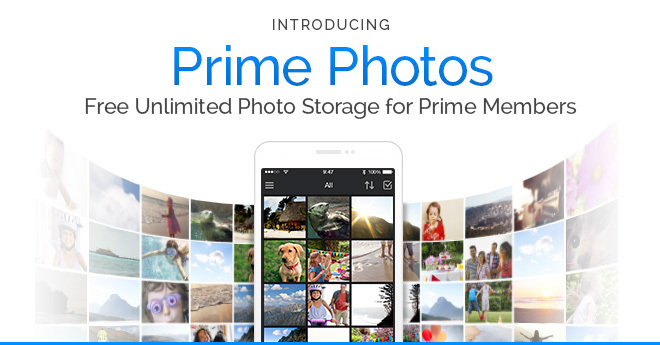
Then there’s the matter of Amazon Photos, a feature I had once overlooked but have come to value immensely. With over 21,000 photos and around 41 GB of family memories stored on Amazon Photos, this aspect of Prime has become priceless. Alternatives like Google Photos, Apple iCloud, and Microsoft OneDrive offer various paid storage plans, with options like 100 GB costing around $20 annually. If I were to switch, I’d likely spend at least $20 each year just to store my photos, not to mention that Amazon offers unlimited photo storage, which is a rare and significant benefit in today’s market.
Prime also surprised me this year with live election coverage, an unexpected yet valuable addition, particularly since I recently canceled my TV subscription. If Amazon were to incorporate more live programming, especially news and sports, it would be a huge win in terms of value and convenience. It’s one of the few aspects of Prime that truly feels like a fresh, forward-thinking benefit.
However, when I look at the big picture, Prime still feels like a collection of services that would struggle on their own if they weren’t bundled. Netflix thrives by focusing on streaming, Spotify on music, and Walmart on retail — each excels in its own realm, unlike Amazon, which seems to stretch itself thin by offering a bit of everything but mastering very little. This dilution of quality across services frustrates me. Prime’s offerings feel unfocused as if Amazon is attempting to compete in too many sectors without truly delivering excellence in any.
In the end, the shipping savings and photo storage keep me holding on to Prime, and the possibility of future live content gives me a reason to stay hopeful. But I can’t shake the feeling that I’m settling. Amazon Prime’s bundled benefits are enough to keep me around, but only because canceling seems more inconvenient than staying subscribed. If it weren’t for the few perks that actually resonate with me, I would have likely moved on already.
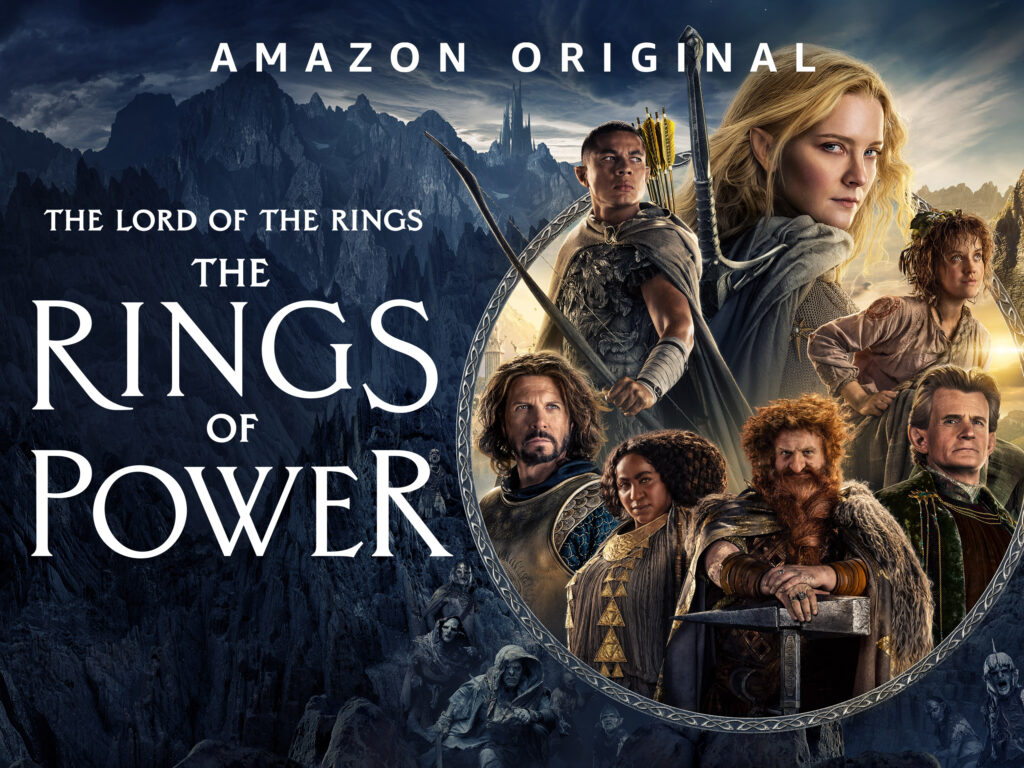
As I continue weighing the pros and cons of my Prime membership, I find myself cycling through the same questions: Is it worth it? Should I cancel? Will Amazon ever improve its offering, or will the streaming service remain just another feature lost in the Prime bundle? This decision isn’t straightforward, and it’s not one I can make lightly; yet it’s tiring to keep second-guessing a service that seems to lose more value every year, especially as Amazon pours billions into content that hasn’t resonated with audiences.
Right now, I’ll likely keep my membership because it’s still relatively affordable and convenient, and moving my 21,000 photos elsewhere would be a hassle. But the reality remains: I feel like I’m paying Amazon to prove to me that Prime is worth it, and they’re falling short.
For instance, while Amazon excels in logistics and web services, the video content feels like an afterthought, especially when I see big-budget investments like The Wheel of Time and The Lord of the Rings: The Rings of Power scoring disappointingly compared to what the company spent. It’s time for Amazon to make an honest assessment of its streaming segment—whether it’s truly a strength or simply a growing liability. They need to ask the hard question: Are Prime members staying for the programming, or simply for the free shipping and added conveniences?
If Amazon is serious about making Prime Video a pillar of its service, they need to reassess their approach to content and perhaps even consider investing in more live programming, as that could be a real draw for members like me.
The truth is, adding more expensive but lackluster shows won’t keep me loyal. And if they don’t find a way to provide true value in their streaming content, I won’t hesitate to reconsider my membership—even if it means finding another home for my photo collection. Amazon, the time has come to look in the mirror and decide: Is your streaming service truly delivering value, or is it just an expensive distraction from what you do best?
Click here for my latest posts!